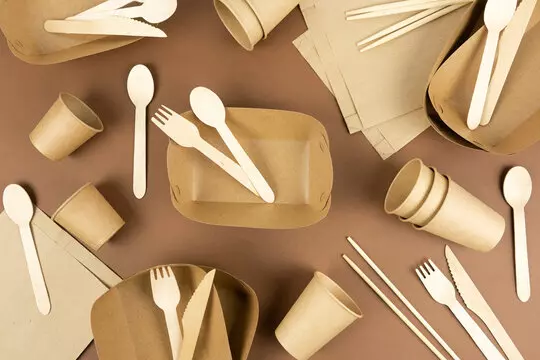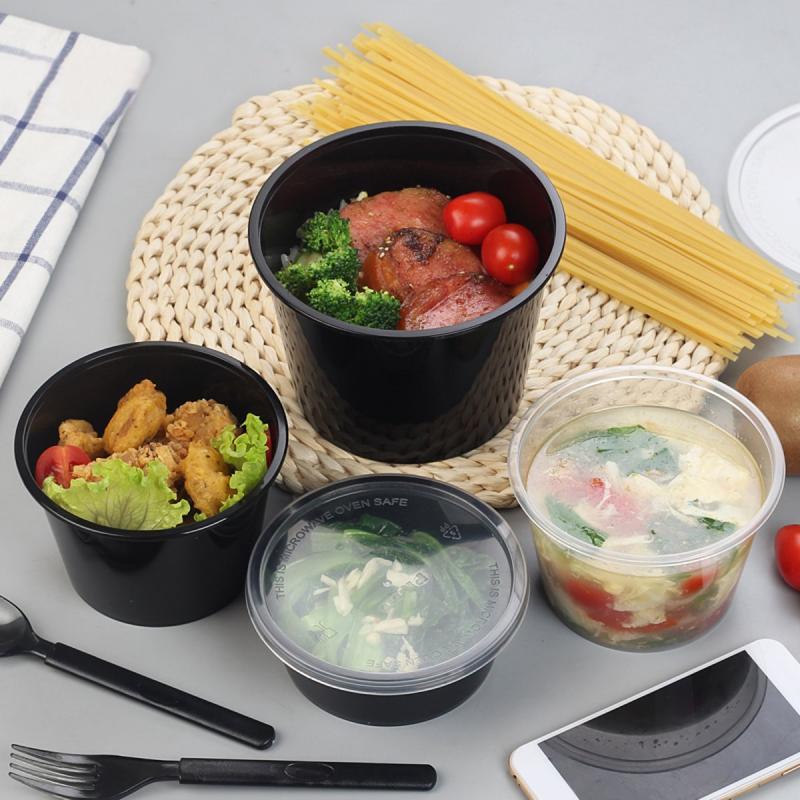Struggling to keep your food fresh and your kitchen organized? Whether it’s preventing freezer burn, minimizing fridge clutter, or protecting pantry staples from pests, this guide will help you find the perfect food storage containers for every need.
By the end of this article, you’ll have the confidence to select the best materials, sizes, and designs tailored to your storage goals.
With our expert advice and practical tips, you’ll not only solve your current food storage challenges but also be prepared for what comes next like keeping your meals ready-to-serve or scaling up your storage for business needs.Dive in and let us help you transform your food storage experience!
For a broader look at selecting storage solutions, check out our main guide on food storage containers.
Key Factors to Consider
1. Material
Different materials serve unique purposes in food storage:
- Plastic: Lightweight, affordable, and versatile for pantry and fridge use. Look for BPA-free options for safety.
- Glass: Durable, non-porous, and ideal for both fridge and freezer use. Glass containers are perfect for visibility and reheating food safely in the microwave.
- Stainless Steel: Ideal for long-term pantry storage due to its resistance to rust and corrosion. Great for dry goods like flour or coffee.
For a deeper dive into material choices, explore our material-based guide to food storage containers.
2. Size and Shape
Containers should fit your available storage space and portion sizes. For example, 1-liter containers work well for soups, while smaller 500ml options are great for sauces. Square or rectangular shapes maximize space efficiency compared to round containers. Opt for stackable designs to save room in both the fridge and pantry.
3. Sealing Mechanisms
Airtight lids are essential for maintaining food freshness and preventing moisture or odors. For freezer use, choose lids with a tight seal to maintain optimal food quality.
Choosing Containers for Specific Uses
Freezer
Freezing food is best done with durable containers designed for low temperatures. Look for freezer-safe certifications or products labeled for low-temperature use to ensure durability. Glass containers with silicone-sealed lids or thick-walled plastic containers work well. Look for labels indicating they are freezer-safe.
Key Features:
- Stackable designs to maximize space.
- Containers that can transition from freezer to microwave (for reheating).
Example: Food Storage Boxes like those available in this category are perfect for freezer storage.
Fridge
For fridge use, prioritize visibility and versatility. Clear plastic or glass containers allow you to see contents at a glance, reducing food waste.
Key Features:
- BPA-free plastic or glass for safety.
- Modular designs to fit different fridge layouts.
Pantry
Pantry storage benefits from containers designed to maintain freshness and shield contents from moisture and air exposure. Stainless steel canisters or airtight plastic bins are ideal for dry goods.
Key Features:
- Transparent options for quick identification.
- Airtight lids to extend freshness.
Practical Tips for Organization
Effective organization not only saves time but also ensures your food stays fresh and accessible.
- Label your containers with expiration dates using reusable stickers or marker pens. This helps track freshness and ensures you enjoy food at its best quality.
- Use color-coded lids to distinguish between freezer, fridge, and pantry items.
- Invest in stackable containers to optimize space.
Related Products to Consider

In addition to food storage containers, consider complementary products for your food service needs:
- Disposable Cutlery: Convenient for packing meals.
- GN Containers: Ideal for commercial kitchens or catering.
- Takeaway Bowls and Boxes: Great for on-the-go meals.
For more insights, check out our GN Containers Buying Guide.
A Simple Comparison Chart
| Feature | Freezer | Fridge | Pantry |
| Material | Glass, Thick Plastic | Glass, BPA-Free Plastic | Stainless Steel, Plastic |
| Seal Type | Airtight, Silicone-Sealed Lids | Snap-On or Airtight Lids | Airtight, Pest-Resistant |
| Best Shape | Stackable, Square/Rectangular | Stackable, Modular | Rectangular, Clear |
Final Thoughts
We hope this guide has provided valuable insights into selecting the best food storage containers for your freezer, fridge, and pantry needs. From understanding material compatibility to identifying features that maximize freshness and organization, we’re here to support your journey toward a more efficient and sustainable kitchen.
Explore a wide range of food storage containers in our dedicated product category. For other food service supplies, visit our comprehensive collection.
Have questions or need personalized advice? Don’t hesitate to reach out—our team is always here to help you make informed choices and feel confident in your selections. Together, we’ll keep your food fresh, your space organized, and your kitchen running smoothly.
– The Droppe Team
Frequently Asked Questions
Not all containers are microwave-safe. Look for labels or symbols indicating microwave compatibility, especially for plastic containers.
Use airtight, freezer-safe containers and leave minimal air space inside. Label the container with the date to track freshness.
Yes, but let the food cool slightly before sealing to avoid condensation and potential damage to the container.
Most plastic and glass containers are dishwasher-safe, but check manufacturer instructions. Avoid abrasive scrubbing to prevent scratches on plastic.
Designate separate areas for fridge, freezer, and pantry containers. Stack similar shapes together and use labels or color coding for quick identification.

















